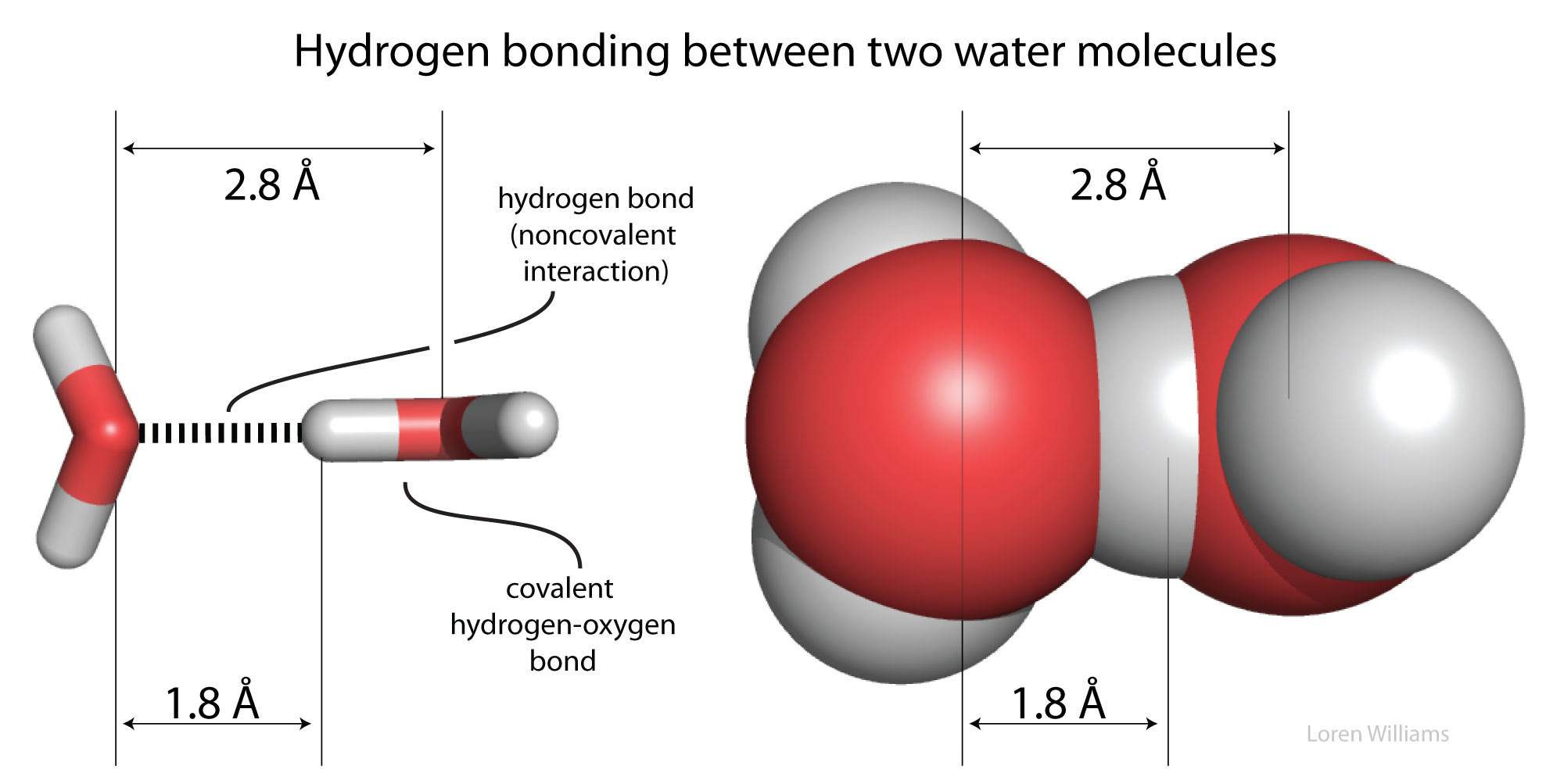Tested as a real purifier!
As packed in the box.
Oops! You're not supposed to open this until your hands are extremely clean - even says to first use the filter to purify water to then WASH your hands before you assemble the filter? Not sure how that works.
I'll get back to you all. OK I got the filters primed and installed... took a few minutes to figure out.
primated primed and installed - and look at all those reflections! Nice shiny steel.
No I am not promoting coffee drinking (unlike so many sponsored youtube podcasts!) haha. I am just showing the size comparison.
Sorry for the lack of focus.
Now the thing is - the pores are SO small that you have to force out the air - using a priming device to hold against the water faucet - until the filter bleeds. This is becuz in some places the water tension overcomes the water gravity to force the air out of the filter. The filter is then smaller than the molecules of water that are bonding together!
So probably a 1 micron filter? I don't know. I'll try look it up.
Have an Absolute filtration rating (defined as >99.9999999%), equivalent to better than 0.1 micron, Laboratory results reported as small as 24 nm (nanometer = .024 micron) Made from natural coconut husk.
And so you can use a "squeeze" bottle if you don't have a faucet - to get enough water pressure instead of just drip gravity.
This is exciting! Our new place has sulfur smelling/tasting water. So now I am filtering a gallon or so of water. It's starting to drip through the filters into the "coffee pot." Sweet.
To test to make sure the filter is not leaking - the get red food coloring. I don't have any. So tomorrow....
So 1 micron = 10000 angstrom.
so then .1 micron = 1000 anstrom.
ok so how big a molecule is 1000 angstrom?
So we have to convert Nanometers from Microns and then Nanometers into Angstroms.
So .1 micron = 100 nanometers.
https://www.researchgate.net/post/How_do_I_relate_molecular_weight_of_protein_in_kilodalton_to_its_size_in_microns
So now we need to find out what size molecule is 100 nanometers. Here they have particles the size of 1.5 nanometers, and on up...
So they state a protein is much smaller than a micron. Yes. But .1 micron?
a 1000 kDa protein is not even close to 1 micron! More like 10 nm in radius.ok so that means we can convert to weight 10000 kDa (Dalton) protein.
What molecules does that include?
3,100,000 kDa ~ 370,000 kDa ~ 100 nm








No comments:
Post a Comment